May 31, 2025 | 11:31 GMT +7
May 31, 2025 | 11:31 GMT +7
Hotline: 0913.378.918
May 31, 2025 | 11:31 GMT +7
Hotline: 0913.378.918
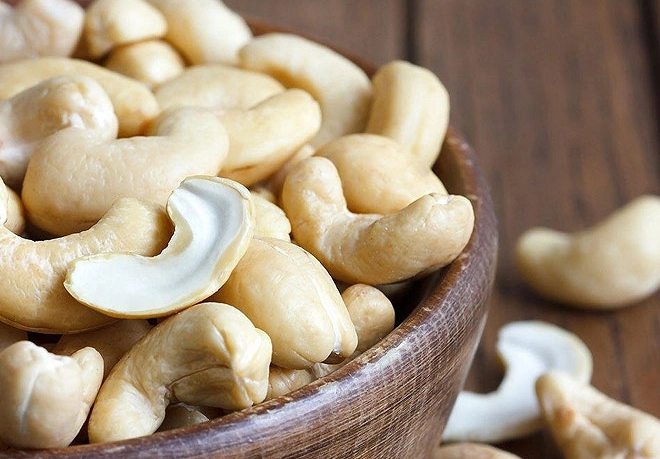
There are still many containers of Vietnamese cashew nuts stuck at Italian ports due to the way shipping companies require deposits by large amounts of money to release the merchandise.
At the "Consulting session on exporting cashew products to Eastern and Western Europe" recently held by the Trade Promotion Agency (Ministry of Industry and Trade), Mr. Nguyen Duc Thanh, Vietnamese Trade Counsellor in Italy, stated that in the case of traders being tricked into exporting many containers of cashews to Italy two months ago, the containers are still delayed in Italian ports.
The reason is that shipping lines require with each set of lost documents concerning the shipment, shippers have to pay a rather high deposit, from 110 to 150% of the container’s value (some shipping lines even require a deposit of 200% at first) in order to take out the cashew nut container to sell to other customers or bring them back to Vietnam.
Due to shipping lines requiring this large deposit, the deposit period is quite prolonged, from two to six years. Consequently, many Vietnamese shippers are currently unable to afford this cost, causing many containers of cashew nuts to be delayed at Italian ports and incur additional warehousing fees and other costs every day.
Therefore, Mr. Thanh assumed that it would take a lot of time and effort to solve this case.
In this specific case, Vietnamese businesses exporting cashews to Italy had a total of 35 cashew nut containers whose documents they lost control ofT, with a total value of more than $7 million.
According to Mr. Thanh, Italy imports approximately $80 million of cashew nuts every year, 60%of which are Vietnamese. Cashews are increasingly favored among Italians. Italians like to eat nuts and to use cashews in vegetarian diets, or as a snack.
Translated by Hoang Duy
/2025/05/30/5010-5-173638_943.jpg)
(VAN) On May 29, at the GO! My Tho Trading Center, the Tien Giang Department of Industry and Trade, in collaboration with Central Retail Corporation, held the opening ceremony of the 3rd Fruit Festival 2025.
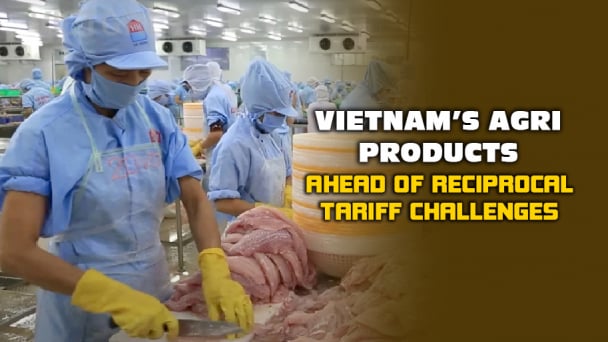
(VAN) Reciprocal tariffs are exerting pressure on U.S. exports, prompting Vietnamese firms to shift their focus to Muslim markets, Thailand, and Brazil.
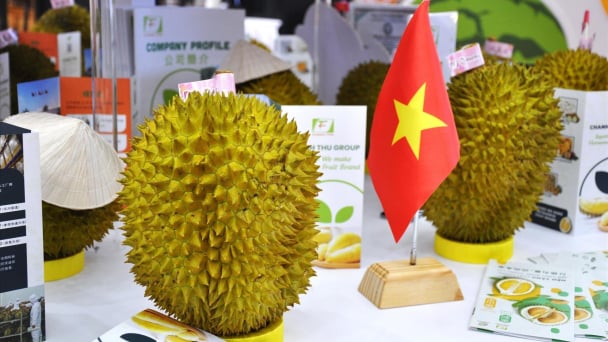
(VAN) A free booth for two years at Xinfadi, Beijing's largest wholesale market, will be allocated to Vietnam's agricultural products.
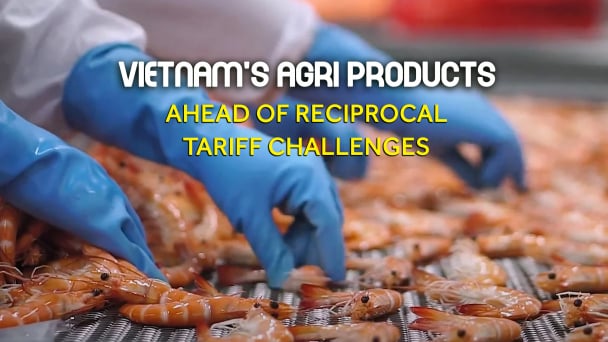
(VAN) Vietnamese shrimp exporters are actively looking for alternative markets and accelerating shipments to the United States in response to the pressure of impending reciprocal tariffs. This is occurring during a temporary tariff suspension.
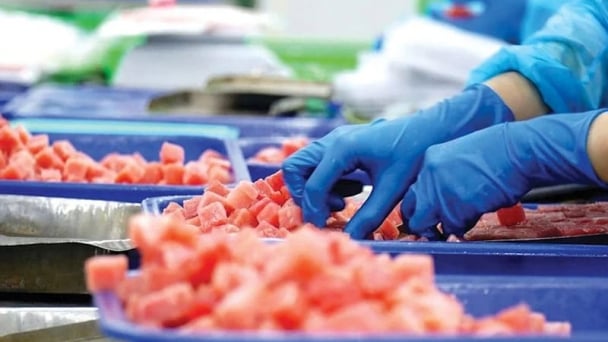
(VAN) The import-export turnover between Vietnam and Singapore rose amid a trade rebound, with machinery, electrical equipment, and fuels making up the majority of the transaction value.

(VAN) Director General of the General Administration of Customs of China, Ms. Sun Mai Jun, has pledged to implement measures that will ease the import process for Vietnamese agricultural products.
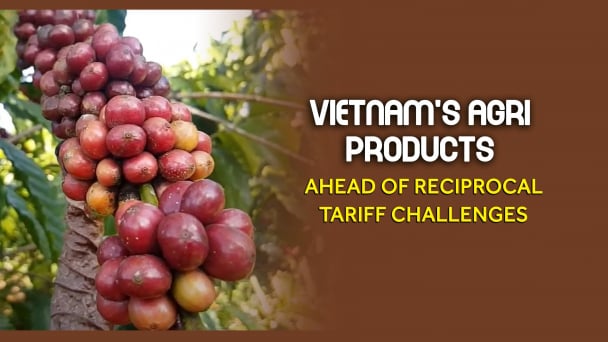
(VAN) Although Vietnam is still increasing its coffee exports, the industry is currently in the process of determining market strategies in response to the U.S. imposition of reciprocal tariffs.